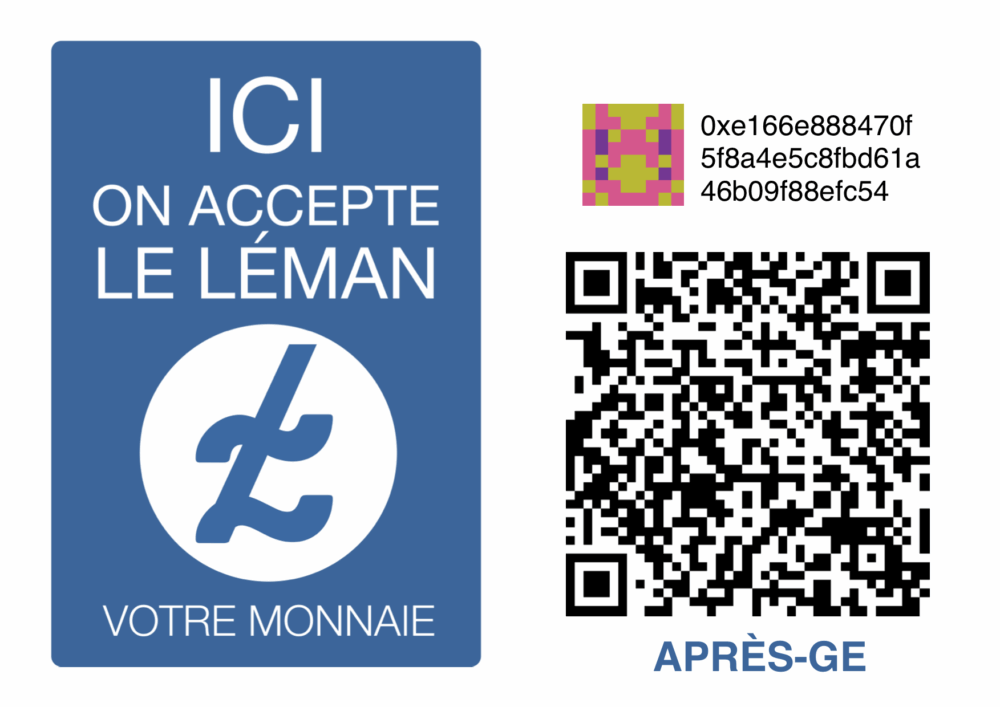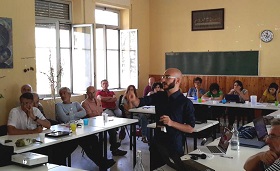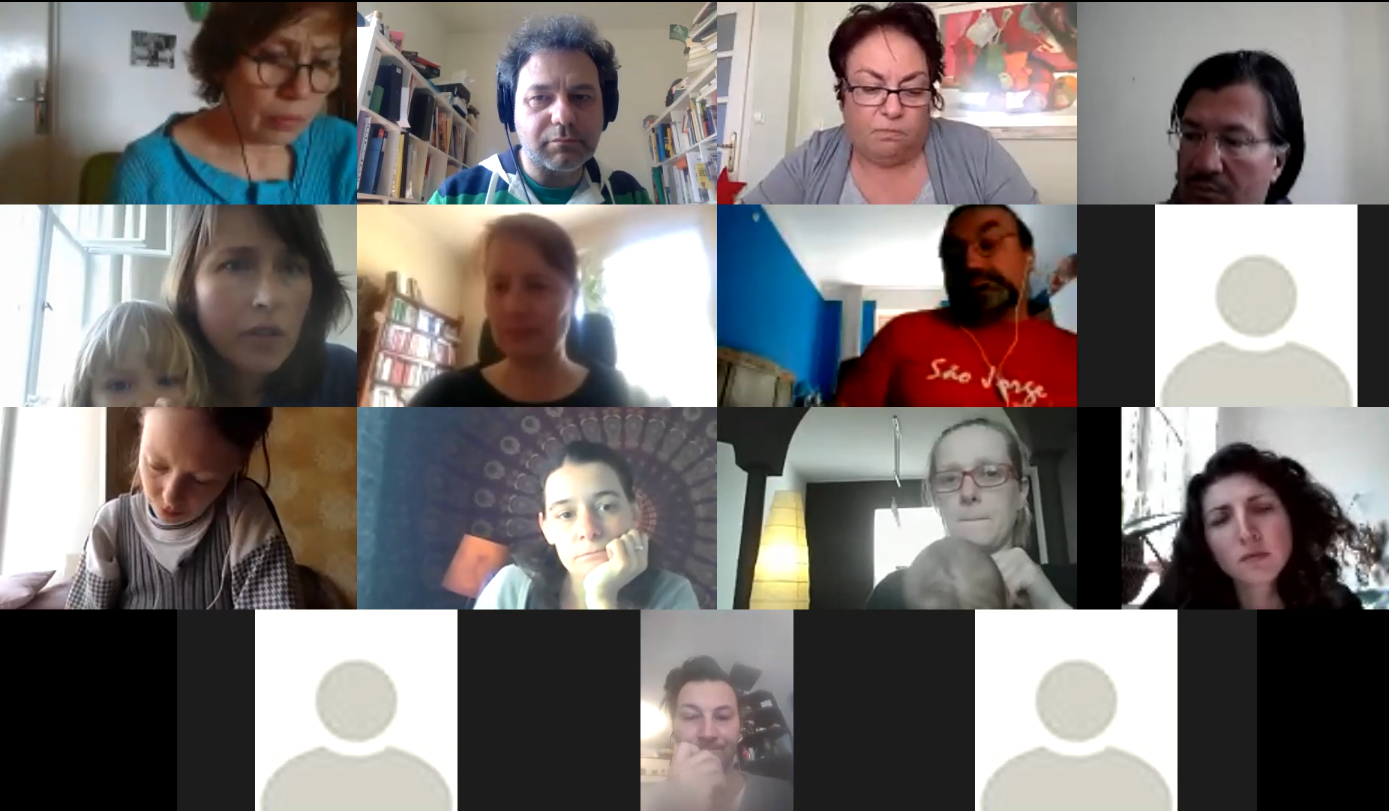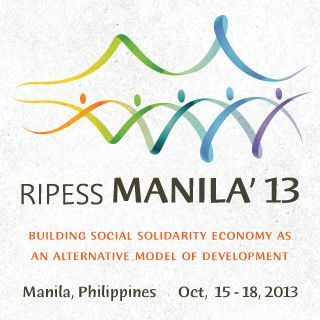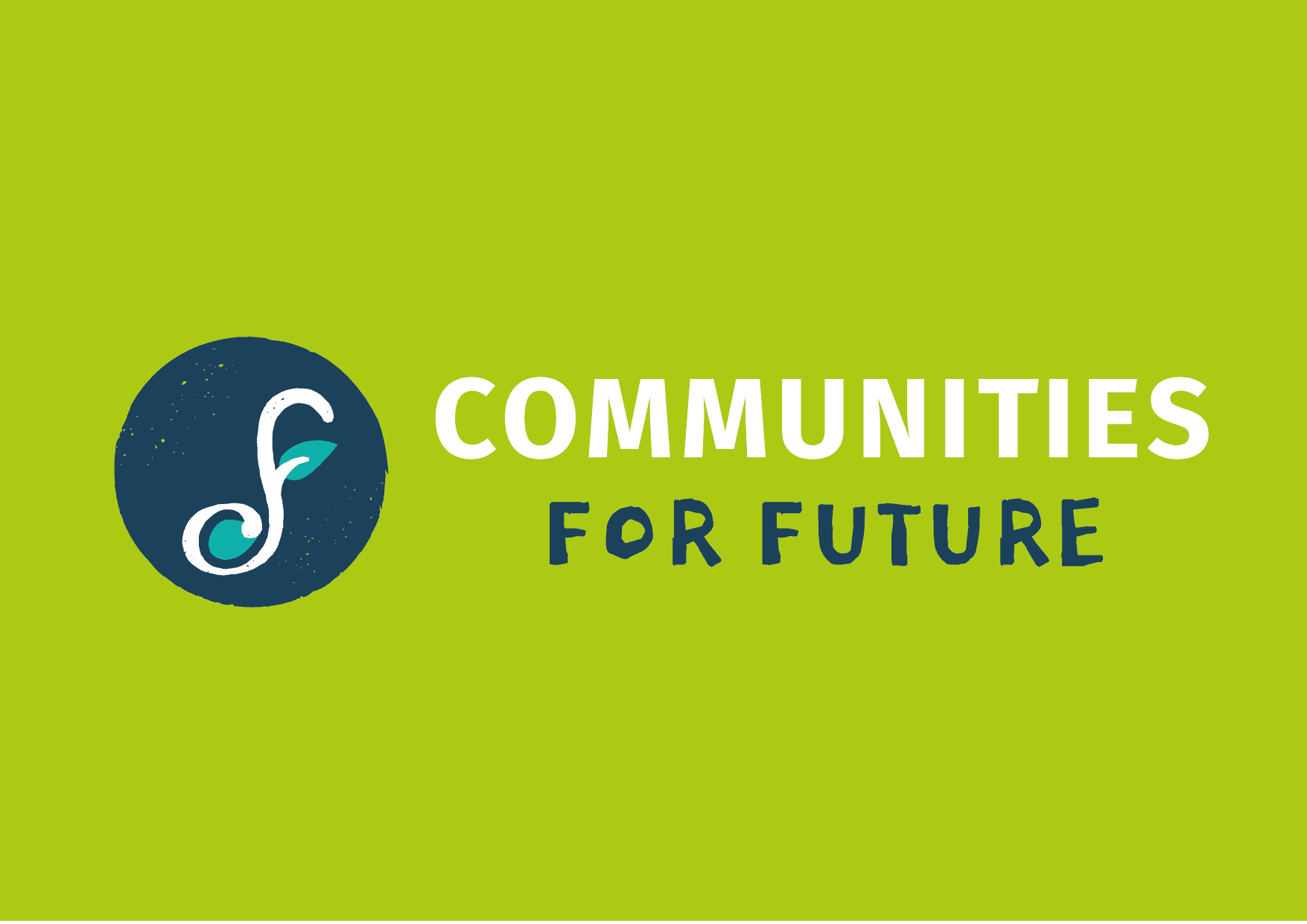[By Jean Rossiaud, Chambre de l’ESS de Géneve]
The Leman is the local currency of the economic life basin that develops around the Geneva Lake (called Lac léman in French), the largest lake in Europe, crossed from end to end by a border. Geneva is at the end of the lake, and the canton of Geneva shares 90% of its border with France (Haute-Savoie and Ain) and 10% with Switzerland (Canton de Vaud).
The Leman currency is complementary to both the euro and the Swiss franc, on which it is based. The currency was launched in Geneva in September 2015, after 4 years of reflection within a group of about 50 people, composed of Swiss and French residents. A little over 3 years after its launch, 560 companies and businesses and several thousand consumers used the Leman. With the switch to electronic money almost a year ago, the leman is giving itself the opportunity to significantly increase its “payments community”.
The Leman stands out in several ways from other local citizen currencies. First of all, its local and cross-border nature makes it practically a rarity on the planet. Secondly, the fact that it combines paper and electronic cryptocurrency (under blockchain technology) also makes it unique. The new Leman banknotes are all loaded on the blockchain, they all carry a QR-code that allows users to check the validity and cash value of the banknote by scanning it. The π-léman (value 3.14 Leman) and the 1 Leman note, easily split into two 50 cts denominations of Leman, are also innovations.
In addition, the Leman is one of the very few complementary currencies to value the combination of pledge (for the BtoC) and mutual credit (for the BtoB), by stimulating the payment of a portion of salaries in Lemans. Finally, it is part of the trans-localist movement, which advocates the ecological and social transition (it is based on an ethical charter for the continuous improvement of business practices) from the local to the global level, by systematically building international networks in a collaborative spirit (peer-to-peer).
Although there are thousands of complementary currencies around the world, the Leman has an originality: it was created in Geneva, Switzerland, in one of the historic centres of globalized finance. The Chamber of the Social and Solidarity Economy of Geneva (APRES-GE), a member of RIPESS Europe, has had and still has a key role in the establishment and development of the local currency. The Leman Charter was inspired by the APRES-GE Charter, and the founding and key companies of the Chamber are very involved in it. In return, the Leman is a perfect tool for APRES-Ge, for three reasons: it makes it possible to increase trade between the Chamber’s businesses, strengthening each of them and the network as a whole; since it is not reserved for the Chamber, it also makes it possible to open the network to non-member companies that share the same ethics; finally, as it is cross-border, the Leman opens the network to a wider economic area than the Geneva area.
Since its introduction in September 2015, the Leman currency has been working to strengthen the economic fabric of the region, by creating and enhancing economic links between professionals, as well as between consumers and businesses, united around its values. The Leman has undergone geographical expansion, with the creation of around ten local groups in the Lake Leman region, but also a diversification of the economic fabric: it is now possible to access with the Leman to a wide range of goods and services, spread over some twenty sectors of activity, visible on our geo-referenced map.
The growth in the number of members is to be compared with the densification of the network. Even if the circulation is not yet very satisfactory, the professionals of the lake have less and less difficulty in finding ways to reinject the received Lemans. The increase in the volume of trade is also noteworthy. With more than 165,000 Lemans currently in circulation, we are seeing a continuously growing money supply. With their QR-codes, the new banknotes allow traceability, and the blockchain makes it possible to better estimate the speed of circulation, which is the indicator of local wealth production.
Strengthening links with public authorities is a priority. Three cities already officially support the Leman currency and accept it as a means of payment (the mayor accepts it as a percentage of his salary). Others will join them soon. At the same time, the association is mandated by local authorities to strengthen the municipal economic fabric through the development of the local currency on the territory. Finally, it is necessary to testify to the media coverage and notoriety of the Leman since its launch: while the currency was welcomed with a certain distrust in the beginning, it has now become rare that a person does not yet know this currency in Geneva and more and more professionals are inclined to join the network. The release of the film “Demain” a few months after the launch of the lake gave a second boost, allowing the local currency to circulate beyond the circle of the first convinced. The arrival of Rob Hopkins, founder and facilitator of the Network Transition Towns, for the launch of the electronic Leman in March 2017, gave a new impetus. It was awarded the Geneva Bourse for Sustainable Development in 2017 and is one of the experiences highlighted in the film Demain-Geneva.
We estimated that volunteer investment in all business and technology activities, both locally/regionally and in international networks, amounted to approximately CHF 1.2 million (€1.1 million). The current objective is to “stabilize” a team of IT and commercial developers who, until now, have worked in a very innovative way, completely on a voluntary basis.
The Biletujo electronic wallet (wallet inEsperanto ) is a crypto-currency based on our specific blockchain, ComChain (for “blockchain of commons”), based on ethereum technology, (but without the use of the “ether” currency); it is non-speculative (mining is unpaid) and therefore very low in energy consumption, which distinguishes it from almost all other crypto-currencies. It is open, in a spirit of collaboration and consortium, to all complementary currencies that would like to benefit from this technology while collaborating in the extension and resilience of the network.
In this newsletter, I propose that we open a “local currency” section, dedicated to explaining the advantages and challenges of this tool in the service of the social and solidarity economy and the issues that arise both locally and internationally in its development. Your comments and questions will guide the content of future articles.
* B2C or BtoC: relationship between a Business and its Customers
** B2B or BtoB: relationship between companies (from Business to Business)




